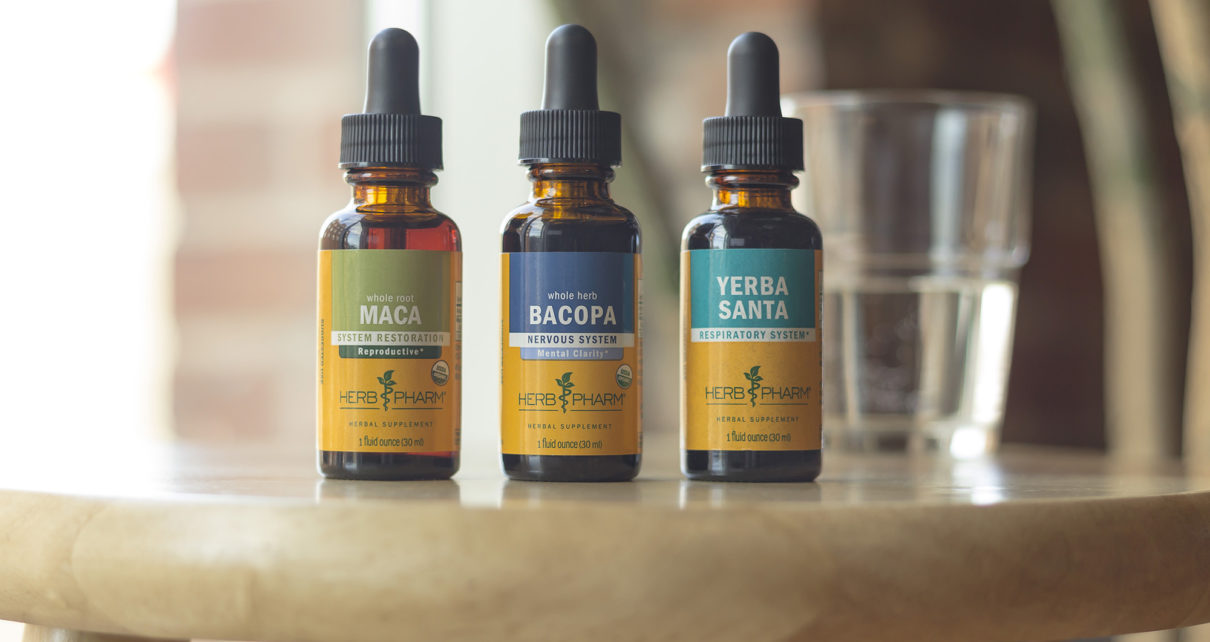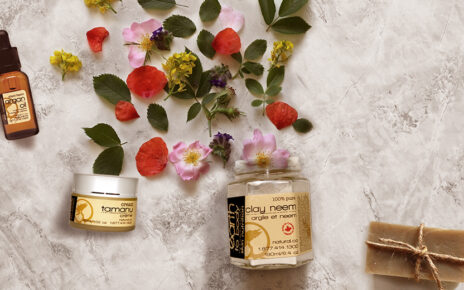What exactly are tinctures and why are they so prevalent today?
The word tincture simply refers to tiny glass bottles in which a substance is stored. A tincture is, simply put, a glass container of small amounts of matter. Now what we’ve come to recognize as a tincture is much more complicated than that. A tincture by today’s standards is a vile of liquid extract, usually from a plant, that is extracted using an alcoholic solution. The alcohol is used to break down the cell wall of the plant, therefore making it easier for the bio-active compounds to be released.
The invention of the tincture is credited to Dr. Carl Warburg in 1834, British Guiana. The original purpose of this tincture was strictly pharmaceutical, advertising as a more effective cure for fevers, specifically attributed to malaria, yellow fever, and typhus. However, tinctures and the extraction process have been recorded since ancient Arabian times, throughout the Middle Ages, and well into the first noted example of distillation.
The most simplified process of compound extraction into a tincture can be done in five easy steps – gathering materials, measuring ingredients, letting them sit in the sun, sampling and adjusting, and decanting. There are many other types of extraction, such as, maceration, infusion, digestion, decoction, percolation, Soxhlet extraction, microwave-assisted extraction, and Ultrasound-assisted extraction, to name a few.
No matter what method is used, the tincture extraction process is a revelation when it comes to holistic and home remedies, CBG tincture, medicinal purposes, for herbs found in gardens, aromatherapy, and so much more.





